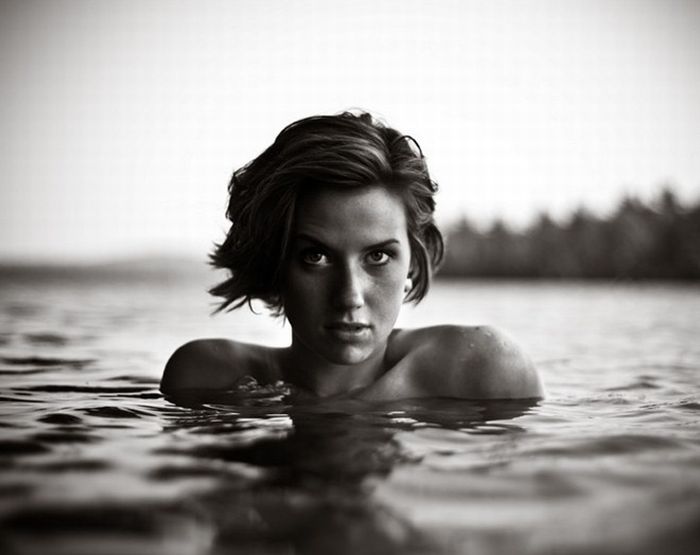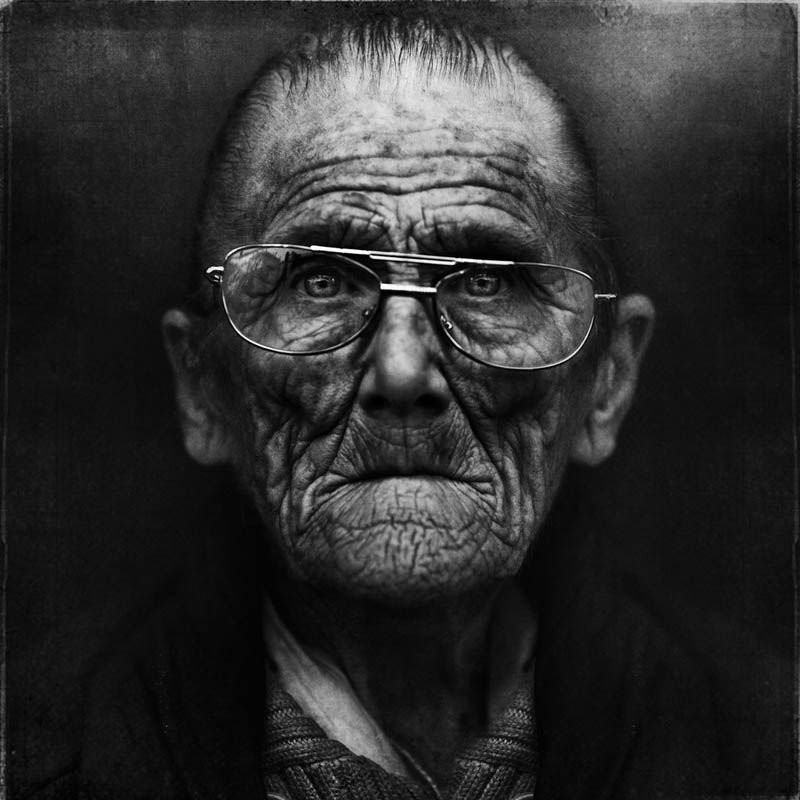

It's true that bright whites and black blacks are key to monochrome portraiture, but don't forget the grays. The real task here is finding a good balance between the two. Contrast is essential to black and white photography and part of what makes it so appealing. These two things, when combined, create contrast. Black and white photography is all about lights and shadows Here are a few pointers to get you started: 1. Since the eye perceives black and white photography differently than color photography, the process behind creating compelling black and white portraits is also a little different. Because of these characteristics, black and white photography has maintained a strong presence in portraiture. The lack of color also gives us a better sense of the time and mood behind a portrait. Often used to provoke a feeling of nostalgia, black and white unconsciously inscribes the works in history by conveying a timeless message, frozen in time.Īrtsper invites you to take a stroll through time with this selection of works by Brno Del Zou, Yevgeniy Repiashenko, Emmanuelle Barbaras, Bert Stern, Alexander Benz and Hervé Gloaguen.Black and white photographs can portray a higher level of timelessness than color images. It often directs our attention to a single subject. The union of these two shades accentuates the contrasts and highlights the forms in a sober and elegant way. In the West at least, because it can have a completely opposite meaning in other cultures like Japan. Some works fascinate by the perfect complementarity of these two colors: black, which is often associated with nothingness and sadness, and white, which is associated with light and hope. We could also mention Michael Kenna and Ricky Cohete who particularly excel in this field. The black and white blend perfectly with the long exposure to create an effect of softness, floating and the passage of time quite exceptional. It can also sublimate landscapes, as demonstrated by Kasra's shots. Of course, black and white photography is not limited to the representation of everyday scenes. A little later, Robert Frank photographed the faces of America and the American people with his remarkable black and white shots, recognizable thanks to his highly distinctive photographic technique and composition. In the United States, the humanist Walker Evans led the way for black and white photography, capturing the daily life of modern America with his analogue camera, whether it be in the New York subway or on the highways of the Deep South.

Looking at such rare and fragile moments can be like going through old postcards from the past, and although we enjoy looking at them, they can provoke a sense of nostalgia and melancholy. Sometimes humorous, sometimes romantic, or even just a little bizarre, they take us back in time to days gone by. They succeeded in making fleeting moments last forever in monochrome images. All three were masters of taking candid photos.

Street photography, for example, was a key trend during the 20th century, with major photographers such as Robert Doisneau, Brassi and Henri Cartier-Bresson capturing the urban landscape of the time. In the meantime, many unforgettable artists began to demonstrate their talents for art photography. The technique was invented as early as 1860 but was not put to use until a century later. The first colored photographs soon followed. Celebrities were also a popular subject choice and many photographers specialized in taking their portraits, as Jean-Loup Sieff did all throughout his career almost a century after the invention of photography. Black and white portraits immortalized the faces of the upper middle classes and would later be used to capture all members of society. Initially used for research purposes, photography started to spread as daguerreotype studios opened everywhere. The first black and white photos began to appear. When he died in 1833, Louis Daguerre, followed by Francois Arago, continued to develop his research, resulting in the invention of the daguerreotype which consisted of an image printed onto a silver plate when exposed to the light.
Black and white portraits how to#
In the 1830s, Nièpce discovered how to print images onto metal plates. This is the reason why it often tends to be associated with historical works and a vintage feel. Black and white photography is today one of countless photographic techniques and yet it was at one time the only type of photography available.


 0 kommentar(er)
0 kommentar(er)
